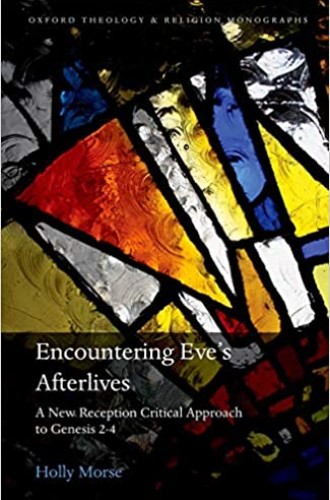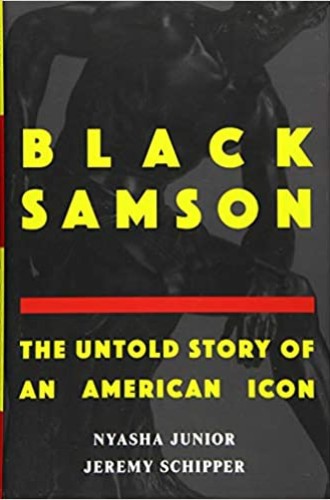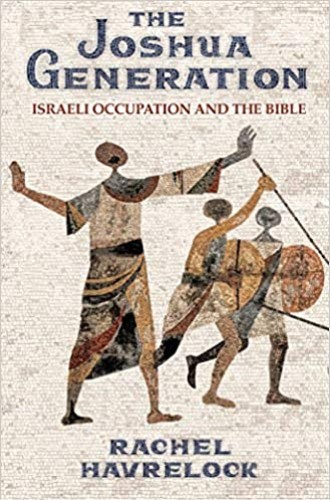My students are regularly surprised to find that the Bible doesn’t say or mean what they thought it did. So why, they wonder, did I think that? When I started teaching 15 years ago, I would offer up some vaguely conceived responses about the undue influence of Augustine or American fundamentalists before quickly shuttling the class back to focus on the text in its cultural-historical context. Now that reception-oriented approaches to biblical texts are coming into their own, conversations about texts and their afterlives have become far livelier.
In Encountering Eve’s Afterlives: A New Reception Critical Approach to Genesis 2–4 (Oxford University Press), Holly Morse begins with the observation that in the popular imagination, Eve is a temptress and the original source of sin and death. She then argues that this negative reading emerges from the dominant Western strand of reception history, which focuses almost exclusively on the themes of transgression and sexuality. Repeatedly using these two themes as the frame to read the text means that these (and only these) elements of Genesis 2–4 get amplified, embellished, and subconsciously reproduced. Morse wants to “explode” this frame in order to bring our awareness to other frames and themes, namely, those of knowledge and motherhood.
Read our latest issue or browse back issues.
To appreciate Eve as a subversive wise woman, Morse introduces the reader to Shamhat, the mediator of culture in the Epic of Gilgamesh; writes about Gnostic portrayals of Eve as a carrier of spiritual knowledge and salvation; and looks to the feminist writer Angela Carter, whose readings of Eve highlight her courageous pursuit of knowledge as a challenge to patriarchal repression. To see Eve as a source of life, Morse turns our gaze to images that emphasize her identity as a mother (with all the pain and promise that maternal identity entails). This nuanced frame deconstructs the myth of women as sources and objects of sexual temptation.
The biblical Eve emerges as a moral agent who chooses to become knowledgeable and self-aware, a life-giving and mourning mother, and a sinner. Because Eve is not only a biblical character but a cultural figure, the way readers see her is entangled with the way they see real women. Therefore, readings that acknowledge the “multiplicity of [Eve’s] womanhood” make space for more varied and nuanced understandings of contemporary womanhood.
As our nation grapples with the systemic racial inequalities that persist in slavery’s long wake, the theft of American Indian lands, and the ongoing effects of settler-colonialism, biblical scholars are tracing the cultural histories of texts that pertain to these struggles. They are interested not only in charting the Hebrew Bible’s place in these histories but also in showing how biblical interpretation was an essential rhetorical component both in efforts to dominate and in efforts to achieve liberation. One excellent example of this approach is Black Samson: The Untold Story of an American Icon (Oxford University Press), Nyasha Junior and Jeremy Schipper’s study of interpretations of Samson as a Black man.
Junior and Schipper detail a fascinating history of race and struggle in the United States through the surprisingly useful lens of a minor biblical character who is not even identified as Black in the text. Indeed, as they say, “in telling the story of Black Samson we are telling a story of race in America.” The flawed hero Samson is invoked in slave uprisings, the abolitionist movement, the struggle for labor reform, the civil rights era, and poetry and literature written by Black women.
The inspiration for a Black Samson came primarily from Judges 16:21, in which Samson is captured by the Philistines and bound with “fetters of brass; and he did grind in the prison house” (KJV). African Americans and abolitionists in the 18th century readily saw Samson as a slave forced to labor for his captors. His death, which occurs when he shakes the pillars of the temple and brings his oppressors down with him, was often seen as a tragic act of resistance.
Junior and Schipper show how competing interpretations of Samson’s story elucidate the divisions that emerged in the struggles for political, economic, and racial justice by and for African Americans. Henry Wadsworth Longfellow’s 1842 antislavery poem “The Warning” depicted “poor, blind Samson,” a figure representing enslaved persons, in a sentimental mode. Poet Josie D. Heard transformed Longfellow’s pitiable Samson into a symbol of Black empowerment, casting him as a sleeping giant about to awake “with avenging hand” and “righteous rage.”
During the civil rights era, reactions to the imprisoned Samson’s destruction of the temple revealed the divisions within the movement. Some, including Malcolm X, saw Samson’s death as a sacrifice necessary for achieving the destruction of racism (symbolized by the temple). Others, such as Ralph Ellison and to some degree Martin Luther King Jr., read the story as a cautionary tale of militant resistance to racial injustice. Depending on one’s view of the proper place of violence in the struggle, Samson’s final act was seen as either a heroic sacrifice or a Pyrrhic victory.
The Bible has been a force for both liberation and oppression, used to support nation building and to prompt national unsettlings. Such divergent uses are possible because of Israel’s complicated and messy telling of its own history, which memorializes moments of triumph and shame. The book of Joshua, for instance, has long been associated with violence, enslavement, and genocide as well as with the fulfillment of a divine promise of land.
Instead of muttering an embarrassed apology for Joshua, Rachel Havrelock boldly questions the book’s zealous militarism in The Joshua Generation: Israeli Occupation and the Bible (Princeton University Press). She does so by considering how David Ben-Gurion and his allies used Joshua’s story of holy war during and after the formation of the state of Israel as a way to simultaneously unify different Jewish groups and justify the colonization and expulsion of Palestinians. “Ben-Gurion, who declared that no one had better interpreted Joshua than the Israeli Defense Forces in 1948, saw the enactment of biblical archetypes as the most fitting form of biblical commentary,” she writes. An origin story grounded in the rhetoric of war and ruthless nationalism appears to place the book of Joshua and the state of Israel in a seamless alliance.
But Havrelock also reveals that the scorched earth victory proclaimed in Joshua is not as resounding as it seems to be. Indeed, Joshua “preserves what it wants to deny,” namely, the ongoing presence of vital heterogeneous political configurations and decentralized sites of power that resist the unifying demands of the nation. In this way, she observes, Joshua paradoxically charts a course out of conquest and into inhabitation.
The second half of Joshua depicts a mix of tribes, households, and regional groups existing within a decentralized, loose system of alliances based on their ties to a particular watershed or valley rather than an ethnic or religious group. Although it’s far from a utopian vision of peaceful coexistence, Havrelock posits that such a reorganization of Israel and the Palestinian territories would have more humane results than the current model, which relies on military rule and perennial war.
Lest I give the impression that biblical studies is all about reading from the vantage point of its later interpreters, I want to highlight the publication of Theodore J. Lewis’s The Origin and Character of God: Ancient Israelite Religion through the Lens of Divinity (Oxford University Press). This is a magisterial, comprehensive reference volume on ancient Israelite religion. Lewis is not a biblical theologian but a historian of Israelite religion, particularly as it appears in its ancient Near Eastern cultural and historical context. His methodological principles are informed by two relatively recent but significant trends in the study of Israelite religion: the recognition of its diversity and a focus on the expressions and experiences of non-elites, preserved primarily in material form—religion as it was practiced in the household.
Divinity is the book’s organizing principle, and Lewis leads readers through complicated scholarly debates with charm, humility, and easy erudition. He uses the metaphor of Scotch and the language of flavors to describe the offerings he brings to this volume; specifically, he distills seven “tastings.” Two focus on El (God) traditions, one through the lens of ancestral traditions and family religion and the other through iconography. The remaining five tastings feature YHWH traditions. Lewis explores images of YHWH as they appear in texts, objects, and the practices of cult, with its plurality of religious actors representing a range of ideologies and cultural discourses (priests, kings, prophets, sages, and the non-elite).
This book is filled with lucid, engaging, and evenhanded discussions of parallels between Israel and its neighbors, as Lewis considers Israel’s religion on a “linguistic and religious Canaanite continuum” but with an eye on the Israelites’ distinctiveness. He does not patronize or rush to formulate conclusions with dramatic theological payoffs. In short, Lewis shows us how a great historian of religion works through massive piles of data and becomes wiser about a text in its context without pressing that data to tell us things it simply cannot.










